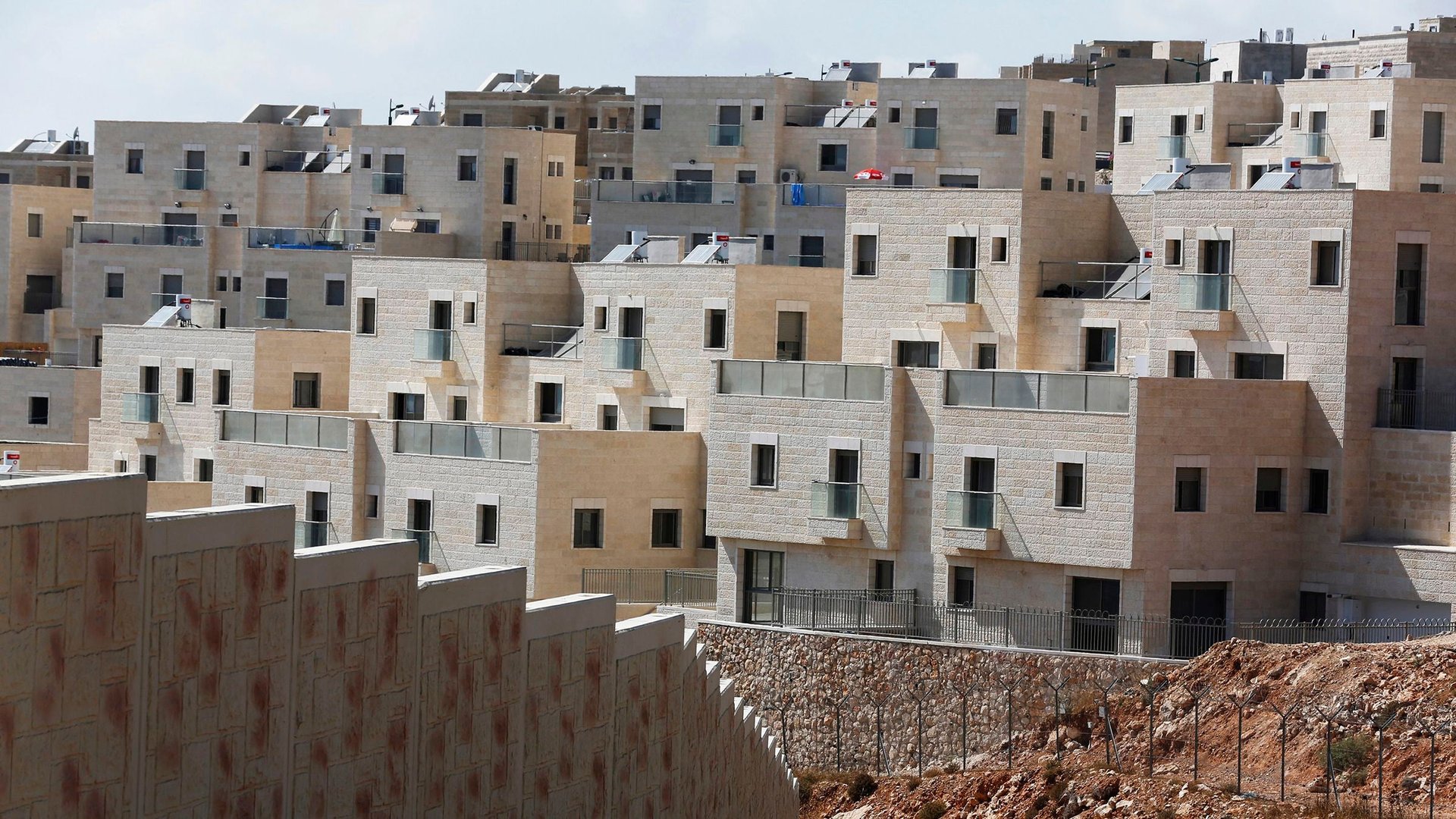The war in Gaza has led to new calls to isolate Israeli architects
Yesterday, before a shaky ceasefire between Israel and Hamas collapsed this morning in a hail of rockets and recriminations, a speech by Desmond Tutu was read out (on his behalf) in Durban, South Africa, to close the triennial meeting of the International Union of Architects (UIA), an industry group that represents 1.3 million architects worldwide.


Yesterday, before a shaky ceasefire between Israel and Hamas collapsed this morning in a hail of rockets and recriminations, a speech by Desmond Tutu was read out (on his behalf) in Durban, South Africa, to close the triennial meeting of the International Union of Architects (UIA), an industry group that represents 1.3 million architects worldwide.
Tutu, a leading South African anti-apartheid activist, urged the UIA to expel the Israeli Association of United Architects (IAUA) and appealed to Israeli architects “to actively disassociate themselves and their profession from the design and construction of any further infrastructure related to perpetuating injustice, including the separation wall, the security terminals and checkpoints, and the settlements built on occupied Palestinian land.”
Tutu’s speech adds momentum to a movement that began in March, when the Royal Institute of British Architects called on the UIA to suspend the Israeli group. RIBA criticized Israel for building ”on land that has been ethnically purified or illegally appropriated,” and called for a vote at the Durban conference. But the proposal faltered after prominent Jewish architects such as Richard Meier and Daniel Libeskind pressured the UIA to abandon it, complaining of ”selective outrage.”
“Were there mass complaints to the UIA when Rem Koolhaas and Jacques Herzog did their work on the Beijing Olympics, or Zaha Hadid built in Baku?” Paul Finch, the editorial director of the Architects’ Journal, wrote in April (paywall). “I must have missed them.” In a letter to the UIA, the Simon Wiesenthal Center compared the proposal to the Nazi boycott of Jewish businesses in the 1930s. In the end, the UIA declined to put a vote on the agenda at Durban.
Proponents of expelling the IAUA argue that even some Israeli architects who don’t build in the West Bank settlements are complicit, because of planning practices that discriminate against Arab-Israelis (the RIBA motion cites projects that have displaced thousands of Bedouin in Israel’s Negev desert), and because Palestinians who fled or were forced to leave when Israel was founded had their property confiscated and cannot return. “Israeli architecture is innately hyper-political,” Abe Hayeem, the chair of Architects and Planners for Justice in Palestine, a UK group that backs the expulsion, told Quartz ahead of the Durban conference. ”It is also uniquely tied to state and military policy.”
The pressure to expel Israel from the UIA is just part of the larger boycott, divestment, and sanctions (BDS) movement, designed to economically isolate the country. (The latest war in Gaza also led to other boycotts.) The movement has been building slowly for years, but its supporters suggest that Israel—a small country reliant on trade with countries whose populations (save America’s) largely support the Palestinian struggle for rights and a state—is vulnerable to its tactics in the long term. In April, Rick Bell, the head of the New York chapter of the American Institute of Architects, said of the proposed expulsion, “I wish it would go away.” Right now, that seems unlikely.